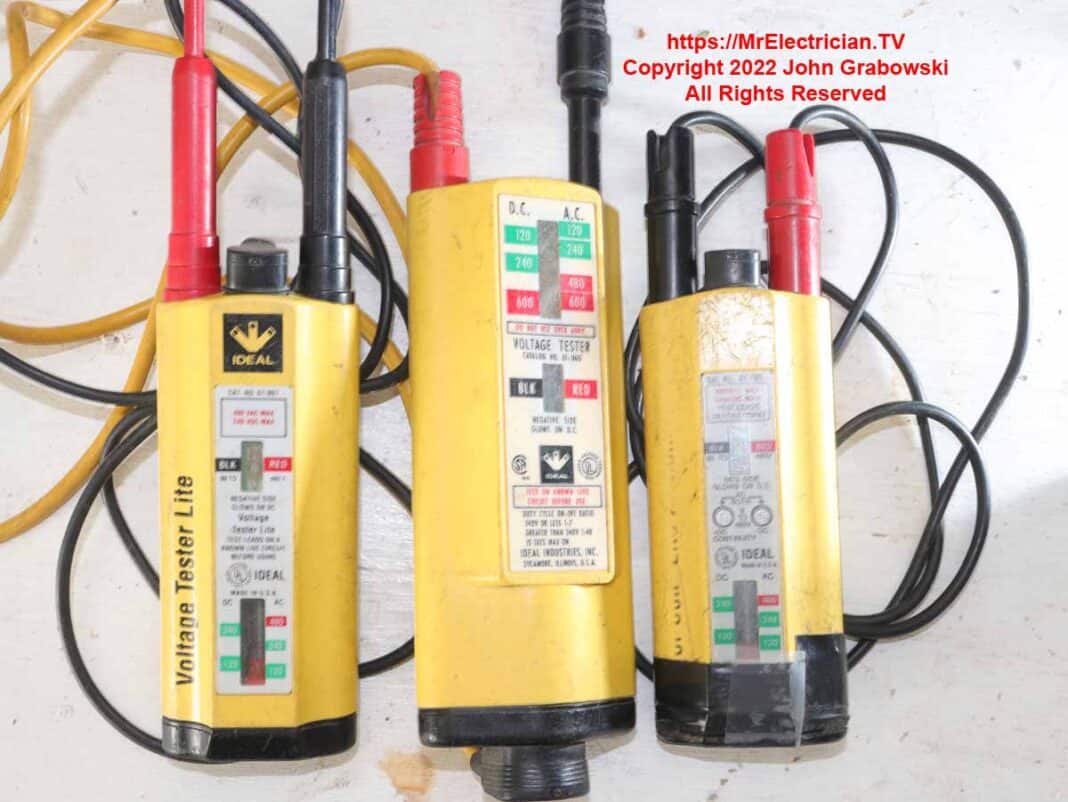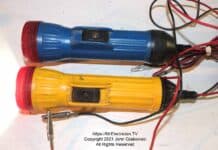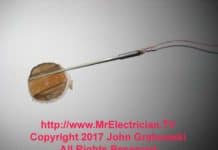Dear Mr. Electrician: What are the best electrician tools?
NOTE: links below go to applicable products on Amazon. As an Amazon Associate, I earn from qualifying purchases. Using my links helps to keep this website FREE.
Answer: The best electrician tools are not always what most people think of. Side-cutting lineman pliers, insulated screwdrivers, and various voltage testers are standard tools for the average electrician. As you become more proficient in the trade and learn from others, you pick up some unique electrician tools to make the job easier and better.
In addition to the standard electrician tools, many other tools can make electrical work easier, though they are not always used daily.
Table of Contents:
- Handy Electrical Tools
- Must-Have Wiring Tools
- Electrical Testers
- Insulated and Safety Tools
- Electrical Labeling
- Wire Pulling Tools
Below are tools in my collection that I have found valuable and time-saving, as well as helping to contribute to a professional-looking job.
HANDY TOOLS
I bought a Thread Restoration File years ago while working on a job cutting many threaded rods (All Thread). Using the file, I can clean up the cut ends so they threaded quickly into nuts and rod couplings. I keep it in my electrician tool bag as it comes in handy when fixing the threads on bolts, especially after cutting.
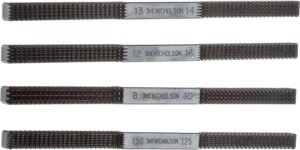
Having seen the Fein Multi-Tool on TV many times, I thought I should try this tool at one of my jobs. I initially purchased a cheap electric imitation Multi-Tool. Surprisingly, it worked very well, so I eventually bought a better model and loved them both.
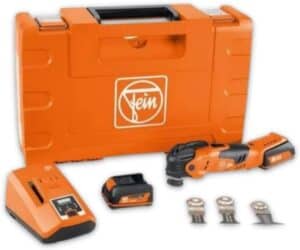
The Protractor Level was initially purchased to help me with bending electrical conduit. It was helpful for that; however, there were other ways it was used on the job site, such as Determining the angle of a pitched ceiling or a roof.
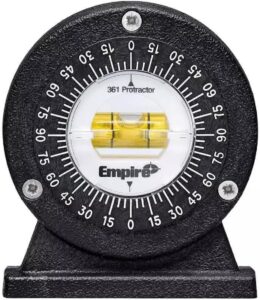
I got my Burndy Wire Mike as a gift from a sales rep I worked for. It measures all different wire types and sizes. I have used it a few times and would have used it more if it was non-conductive.
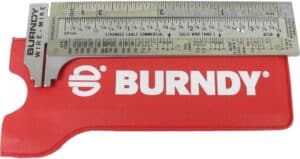
MUST-HAVES
I have used my BX cutting pliers to cut many things. In addition to BX and MC armored cables, they work great for cutting and trimming flexible metal conduit and sealtight conduit. I have also used them for cutting metal ducts and other sheet metal.

An electrician uses the Lineman Pliers for cutting, grabbing, twisting, and hammering. This 9.5″ pair of pliers is also good for crimping and wire pulling.

When I started working in the electrical trade in the 1960s, my circuit tracer was an ammeter with a pigtail light socket, a flasher button, and a rough service light bulb. The new circuit tracers are much easier and safer.
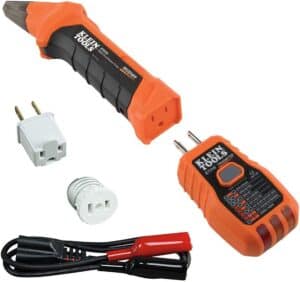
This six-in-one tapping tool is handy for cleaning out threads that have gunk or were not tapped properly at the factory. It is also good for re-tapping holes to the next size.

ELECTRICAL TESTERS
The first electrical testing tool that I used when I started doing electrical work in the 1960s was a rubber pigtail light bulb socket. I still use them today. I know I have a LINE and NEUTRAL if the bulb is bright. If the bulb is dim, I know it is connected to a LINE and LOAD.
Some electricians connect two pigtail sockets in series to check 240 volts. They do this by connecting the two white leads and using the black leads for testing. A few electricians added insulated alligator clips with longer wires to the pigtails.
It is best to use incandescent rough service light bulbs for electrical testing. They are more durable than standard light bulbs. Halogen bulbs will work also, but they get very hot and can be hazardous if broken. Don’t use compact fluorescent or LED light bulbs for this tester. The electronic components inside could cause false readings.
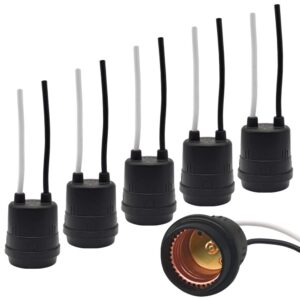
When choosing an electrical tester or multimeter to be part of your electrician tools, be sure to get one that is at least labeled for Cat IV 600 volts or Cat III 300 volts. This is indicated on the front of the tester.
Cat II is unsuitable for testing electrical circuits unless you are 30 feet (10 meters) from the main electrical panel and 60 feet (20 meters) from the electric meter. Don’t even consider buying a Cat I Multimeter, even though the price is quite appealing. Click here for a better understanding of the electrical tester ratings.
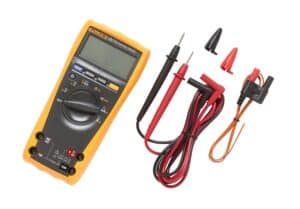
I bought a different brand of circuit analyzer many years ago. It worked, but it had some bugs and is no longer manufactured. The Ideal Analyzer below is proven and has many good reviews.
Cat III, 300 volts.
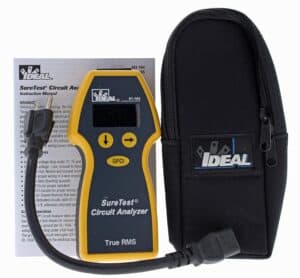
Since tamper-resistant receptacles are prevalent, electricians can no longer use a non-contact voltage tester to check outlets. A plug-in tester is great to check polarity and to test GFCI’s.
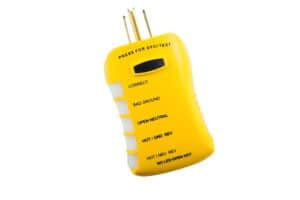
I have used a few other non-contact voltage testers. I like the Fluke model the best. Less false readings. The one below is Cat IV.
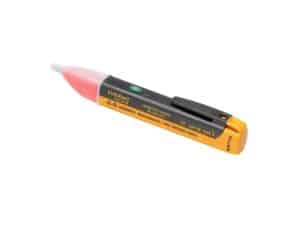
Suppose you work service, repair, and maintenance in a manufacturing facility or industrial complex. In that case, you will want some electrician tools for working on energized equipment. In situations like this, you need to follow OSHA rules.
Don’t forget your arc flash wardrobe.
ELECTRICAL SAFETY
Insulated torque screwdriver set. All screws must be torqued to factory specifications.
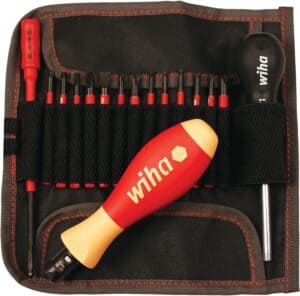
An insulated torque wrench. All nuts and bolts must be torqued. Always torque bolts, nuts, and screws before energizing.

Insulated socket set for use with the above torque wrench.
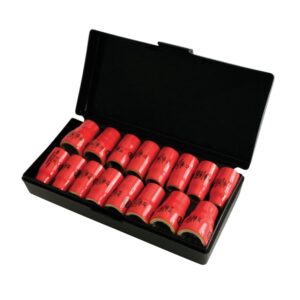
Insulated electrical gloves.
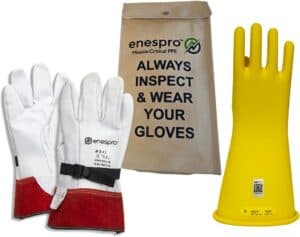
This glove holder appears to be much stronger than the ones I used. Mine broke over time.
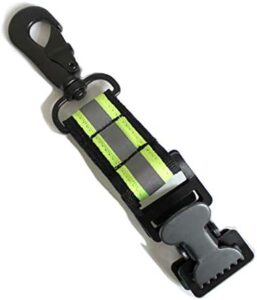
Any construction site is dusty and dirty. Protect your lungs with a respirator or at least use a dust mask.
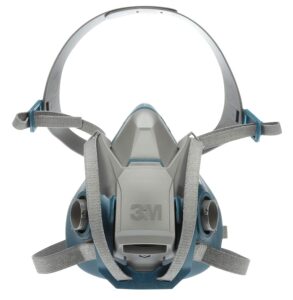
Here is a unique style of hard hat that comes in colors.
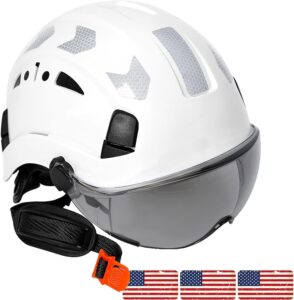
Click here to see all of my blog posts about tools.
ELECTRICAL LABELING
Electricians must label many things, such as wires, circuit breakers, disconnects, motor controls, and electrical panels. I bought a Brother P Touch label maker many years ago to assist with that. It is terrific for labeling all sorts of things using different font sizes and multiple lines on the label. I have used it often.
The P Touch was beneficial when some clients asked me to label their existing electrical panels. Having printed labels is much neater and more professional-looking. The Brother TZ tapes are weather and UV-resistant and durable.
The one downside to the P Touch is its wide margins at the ends of each label, thereby wasting tape and requiring you to trim the ends with scissors. I overcame this by entering several titles in succession, with some spaces in-between, on one long label tape and then printing them out as one. I then cut it into individual labels with scissors.
The EDGE PT-E300 model has a hard carry case and rechargeable Li-ion battery. Print laminated labels up to 18mm (and heat shrink tube) on demand with 5 quick application keys, built-in industrial templates and symbols, barcodes, and advanced serialization.
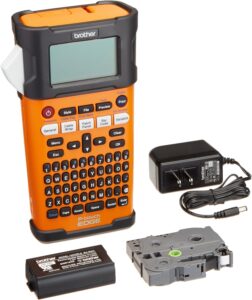
Wire markers are used to label individual wires inside of electrical panels, motor and industrial controls, junction boxes, and other places.
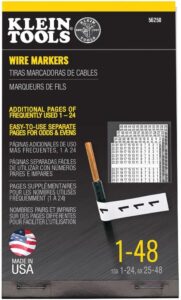
Fine-point Sharpies are good for all sorts of labeling where permanent ink is needed. Some electricians use them to reidentify a circuit conductor with another color. I don’t recommend them for outdoor use. In that case, use a paint pen.
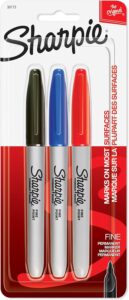
Before I purchased my first cable puller, I used a come-along. It worked well. I also found it very helpful in pulling out old wires.
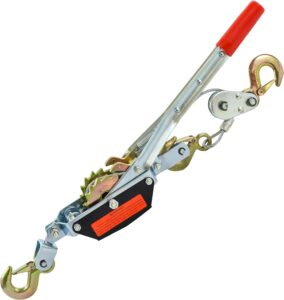
The Emergency Disconnect, Service Disconnect sticker below is required by article 230.85 in the National Electrical Code. Main electrical disconnects must be labeled. Click the link for different-size labels.
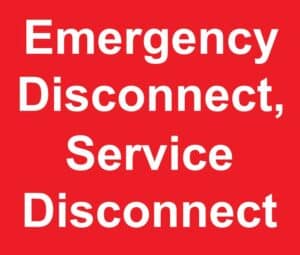
My blog post here shows you about 3-way switch troubleshooting and installations.
Read my opinion about electrician tools; visit my Tool Reviews by clicking here.
For those who enjoy woodworking, please read my article about Setting Up A Woodshop.
Klein Tools makes many tools for electrical professionals.
Visit my Link Tree page for links to my social media sites.
Click here for the hole saw sizes for electrical conduit fittings and taps.
